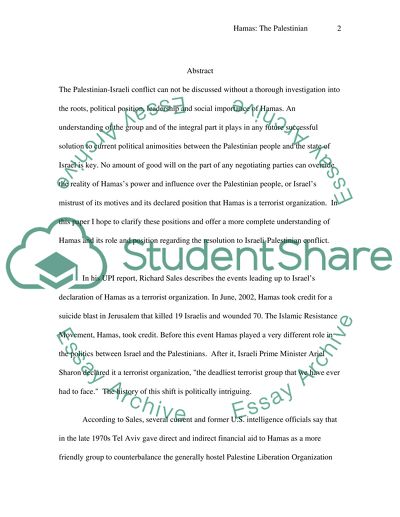Cite this document
(“The Palestinian-Israeli Research Paper Example | Topics and Well Written Essays - 2250 words”, n.d.)
Retrieved from https://studentshare.org/politics/1553535-the-palestinian-israeli
Retrieved from https://studentshare.org/politics/1553535-the-palestinian-israeli
(The Palestinian-Israeli Research Paper Example | Topics and Well Written Essays - 2250 Words)
https://studentshare.org/politics/1553535-the-palestinian-israeli.
https://studentshare.org/politics/1553535-the-palestinian-israeli.
“The Palestinian-Israeli Research Paper Example | Topics and Well Written Essays - 2250 Words”, n.d. https://studentshare.org/politics/1553535-the-palestinian-israeli.


